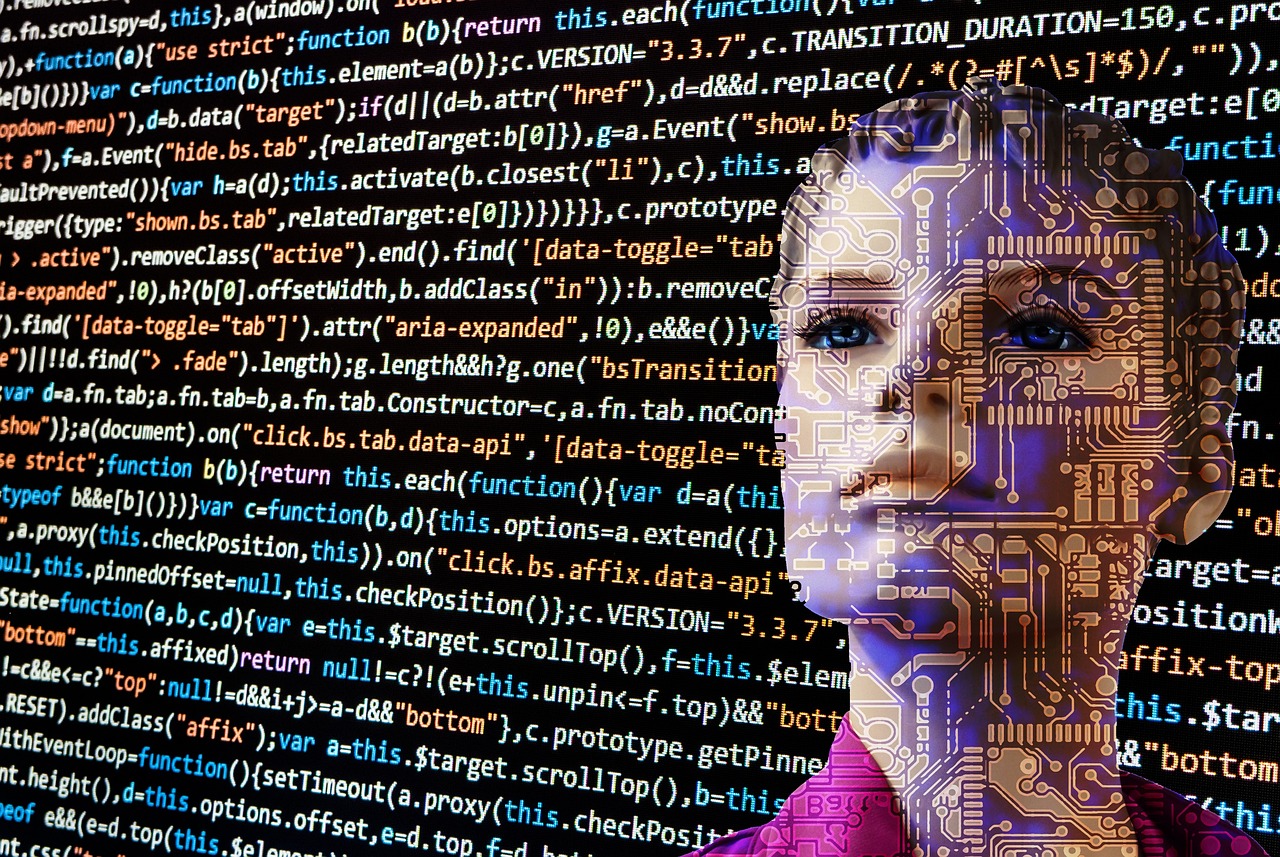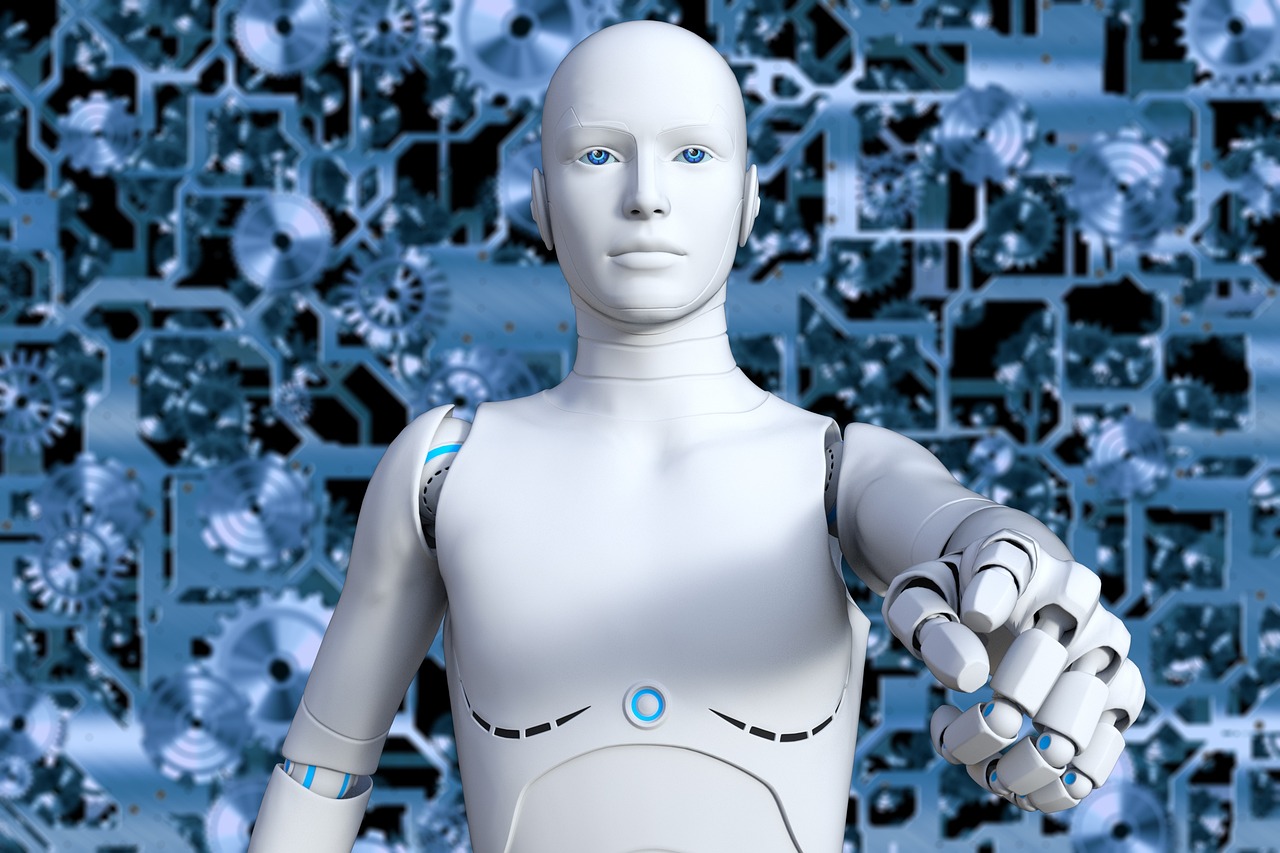
AIs Blind Spots: Mapping Bias Detection Frontiers
AI is rapidly transforming industries, but this progress comes with a critical challenge: bias. Artificial intelligence systems learn from data, and if that data reflects societal prejudices, the AI will perpetuate and even amplify those biases, leading to unfair or discriminatory outcomes. Understanding and implementing robust AI bias detection methods is essential to ensuring fairness, equity, and responsible AI development. This blog post explores the different types of AI bias, the techniques used to detect them, and the steps needed to mitigate their harmful effects.
Understanding AI Bias
What is AI Bias?
AI bias occurs when an AI system produces results that are systematically prejudiced due to flawed assumptions in the learning algorithm, biased training data, or unintended conseque...

